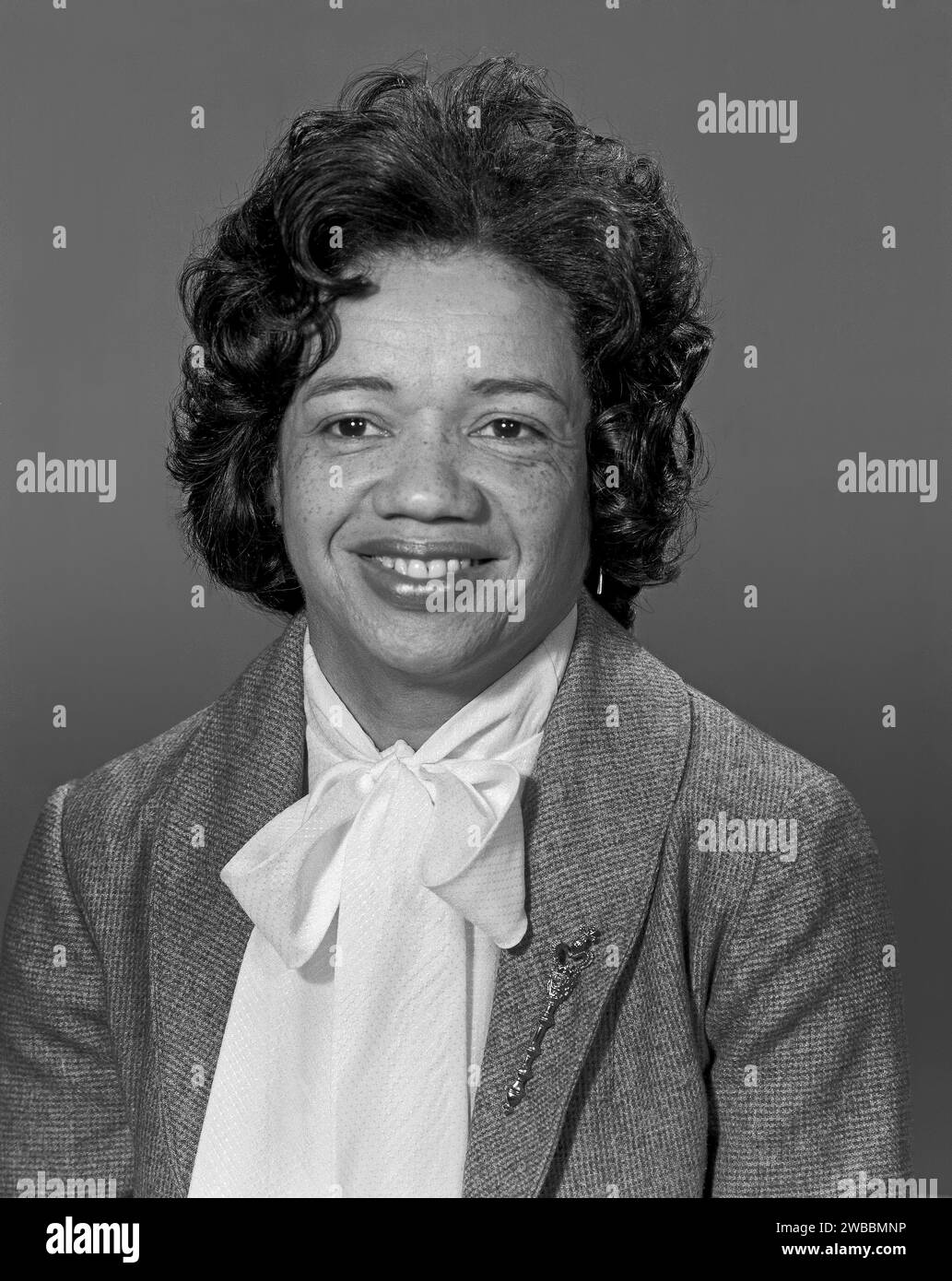How does a seemingly ordinary teenager become capable of such heinous acts? Christine Paolilla, the central figure in one of Texas's most chilling crime stories, stands as a stark reminder that appearances can be deceiving. Her case is not just about murder but also about identity, jealousy, and the dark undercurrents of human nature.
Christine Paolilla was 17 years old when she committed four murders in Clear Lake City, Texas. The victims were her classmates—Rachael Koloroutis, Tiffany Rowell, Marcus Precella, and Adelbert Sanchez—all gunned down inside Rowell’s home on July 20, 2003. What makes this tragedy even more unsettling is the fact that these victims had extended kindness to Paolilla, taking her under their wing despite her being an outcast at school due to alopecia, a condition that caused her to lose all her hair. This act of friendship, however, seemed to fuel resentment rather than gratitude, leading to one of the most brutal crimes in recent history.
| Bio Data & Personal Information | Details |
|---|---|
| Name | Christine Marie Paolilla |
| Date of Birth | June 25, 1986 |
| Race | White |
| Gender | Female |
| Age at Time of Crime | 17 |
| Career/Professional Information | High School Student |
| Sentence | Life Imprisonment without Parole |
| Current Facility | Christina Melton Crain Unit |
| Reference Website | IMDb Profile |
The investigation into the Clear Lake murders revealed disturbing details about Paolilla's state of mind leading up to the crime. According to reports, she harbored deep-seated jealousy toward her victims, particularly Rachael Koloroutis and Tiffany Rowell, who were popular and attractive. Some speculate that her jealousy stemmed from her relationship with Chris Snider, a mutual friend whom she believed was romantically involved with Koloroutis. Whether this suspicion was real or imagined, it became a catalyst for violence.
On the night of the murders, Paolilla lured her victims into a trap by convincing them to meet at Rowell’s house. Armed with a shotgun and accompanied by Snider, she executed her plan with cold precision. The brutality of the attack shocked investigators; each victim suffered multiple gunshot wounds, some inflicted at close range. Autopsies later revealed additional injuries, suggesting they might have been beaten before being killed. Such savagery underscored the depth of rage driving Paolilla’s actions.
Despite her young age, Paolilla exhibited characteristics often associated with psychopathy during police interviews. She showed little remorse for her actions and described the killings in detached terms, focusing instead on self-preservation. During trial proceedings, prosecutors painted a picture of a calculated killer motivated by envy and anger. Defense attorneys argued that Paolilla’s mental health issues—including depression and social anxiety exacerbated by alopecia—contributed to her behavior. Regardless, the jury convicted her of capital murder, sentencing her to life imprisonment without parole.
Paolilla’s story has since been documented in various media outlets, including episodes of the television series Snapped and podcasts like Southern Fried True Crime. These retellings highlight not only the crime itself but also the complex psychological factors underlying it. For many observers, Paolilla remains a paradox: a vulnerable teen grappling with identity issues yet capable of unspeakable cruelty.
While incarcerated, Paolilla continues to serve her sentence at the Christina Melton Crain Unit, where she spends much of her time isolated from other inmates. Over the years, she has occasionally expressed regret for her actions, though critics question the sincerity of such statements. Her case serves as both a cautionary tale about unchecked emotions and a broader commentary on how societal pressures can shape—or distort—young lives.
Ultimately, the legacy of Christine Paolilla transcends the confines of a single courtroom verdict. It challenges us to examine the root causes of violent behavior and consider whether early intervention could prevent similar tragedies in the future. As society grapples with these questions, Paolilla’s story endures as a sobering reminder of humanity’s capacity for darkness—and redemption.
| Related Information | Details |
|---|---|
| Crime Location | Clear Lake City, Texas |
| Date of Incident | July 20, 2003 |
| Number of Victims | Four |
| Primary Weapon Used | Shotgun |
| Motivation | Jealousy and Perceived Betrayal |
| Key Legal Outcome | Convicted of Capital Murder; Sentenced to Life Without Parole |




